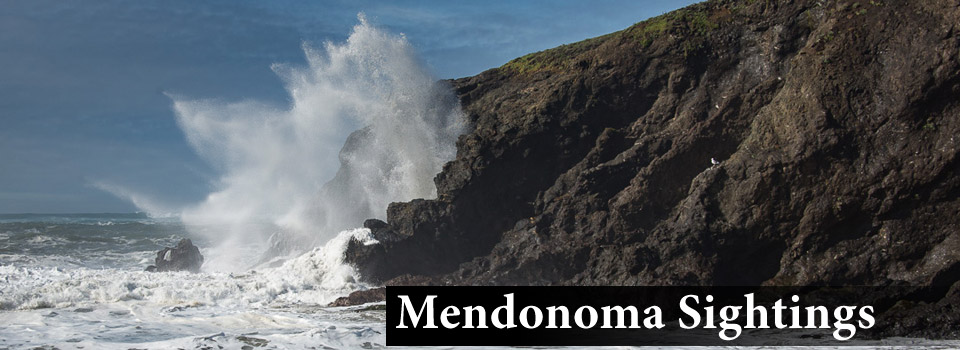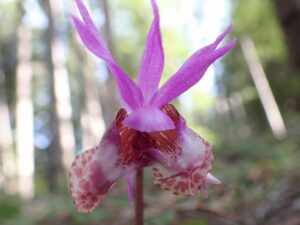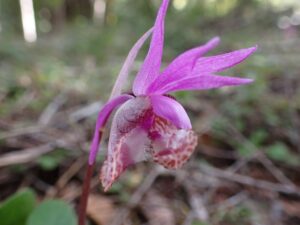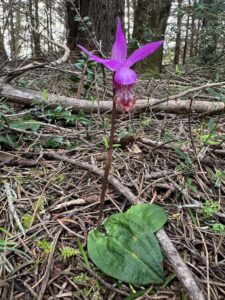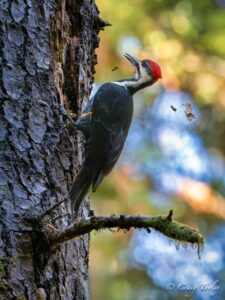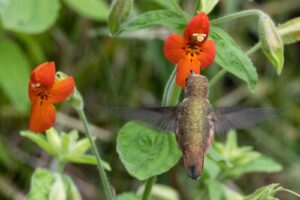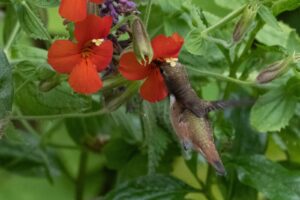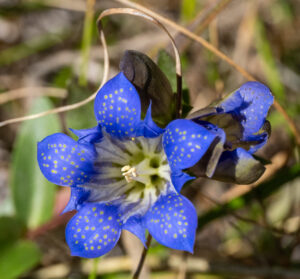Neil and Susan Silverman found a big spider in their bathtub. Laura Baker identified it as a Calisoga longitarsus. the Velvet or False Tarantula.
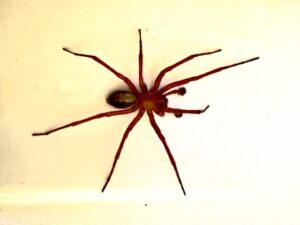
Elizabeth Benishin found a round hole that was the size of a half dollar on the Jenner grade. I wondered if that was hair around the opening.
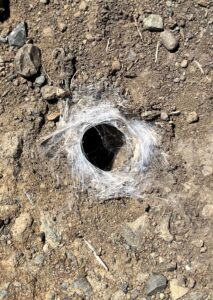
Peter Baye and Laura Baker took a look. Peter wrote, “It looks like a Calisoga longitarsus, False Tarantula, tunnel to me. They are huge, fast, venomous, and aggressive if they are cornered. The neurotoxin of full-sized adult bites is much, much more painful and long-lasting than the accounts repeated anecdotally by arachnologists...far worse than bees or wasps.” And Laura added, “I think Peter's right. The only additional comment that I'd make is that what looks very much like hair around the burrow is actually silk.”
I learned that Tarantulas are burrowing spiders. For most of the time, Tarantulas live underground in burrows. They will dig burrows themselves, using their fangs, or will borrow an abandoned burrow. Shudder!
One last sighting of this spider from Rozanne Rapozo. It was dead in the water bowl set out for dogs at Gualala Point Regional Park. It was determined it was a male.
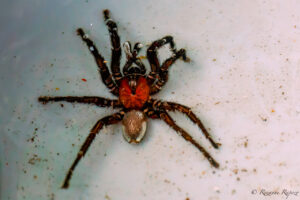
How's that for some spooky sightings on Halloween?!
Thanks to Neil and Susan, Elizabeth, and Rozanne for allowing me to share their photos with you here.
We had rain late yesterday, 0.43 inches in my gauge. Sunny and cool this afternoon with more rain coming in late Friday. Hooray!
